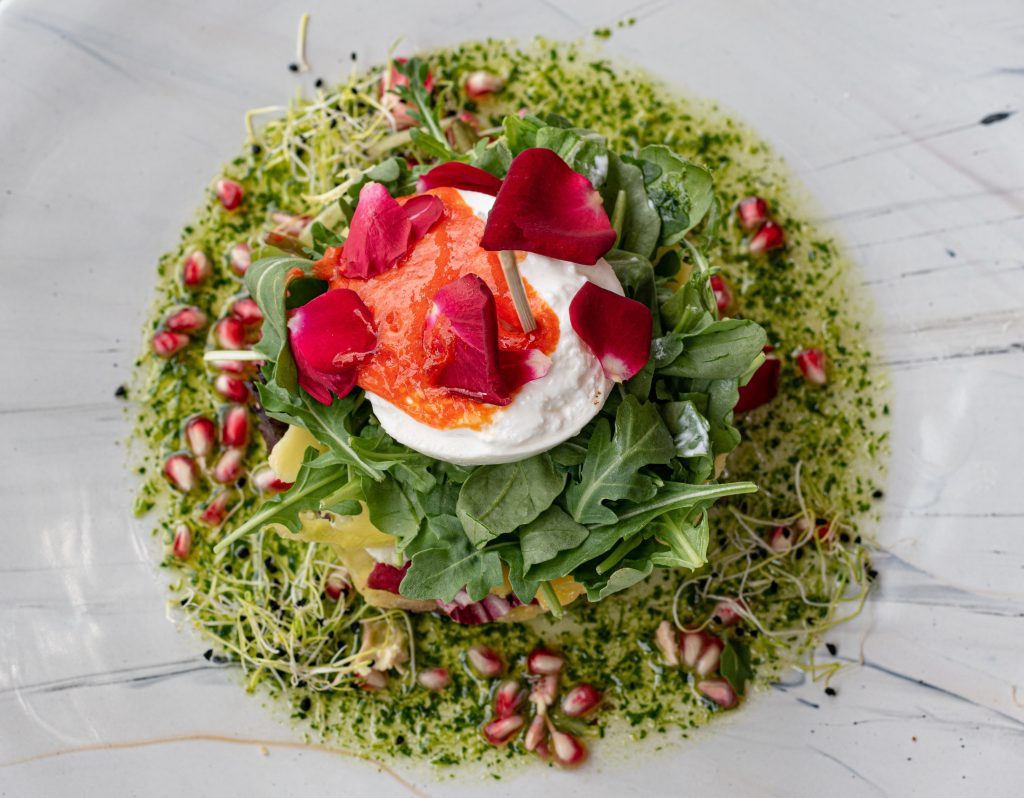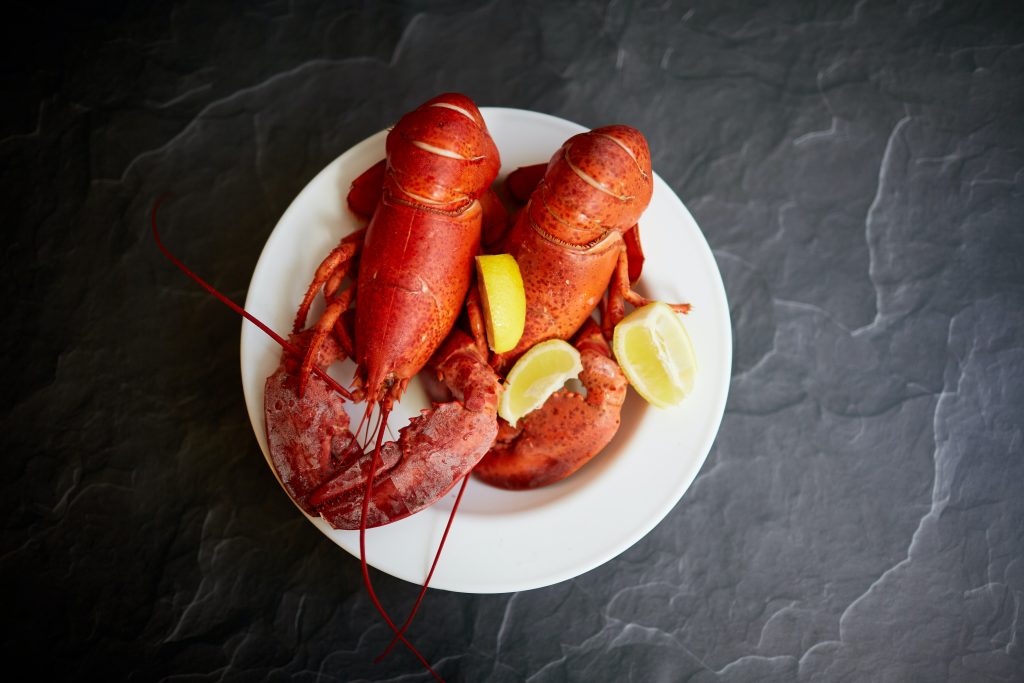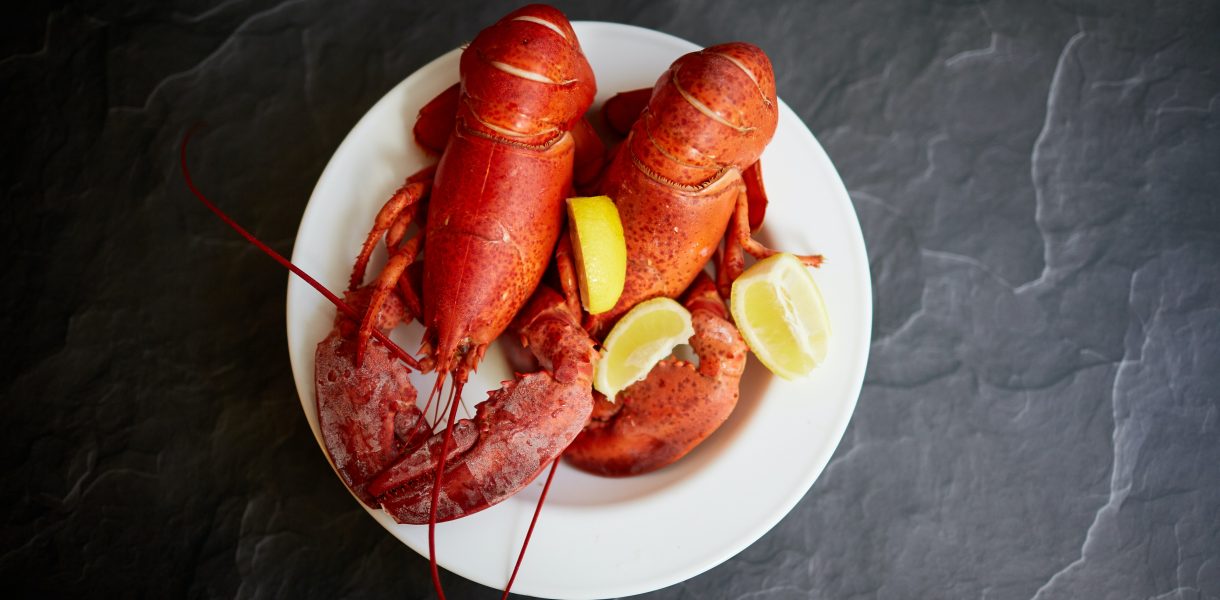The excitement about traveling to Ibiza lies not only in the splendid natural beauty nor the vibrant night clubs. Those who have visited the island and tasted their delicious food start craving it, even with the thought of planning a holiday. One of the reasons why Ibizan dishes are so attractive is that they are a fusion of the different cultures that passed by or settled on the island, bringing their traditions with them creating meals rich in flavors and fresh ingredients. When you learn about traditional Ibizan cuisine, you also learn about its fascinating history.

8 Fun Facts about Traditional Ibizan Cuisine
- Fresh fish and seafood are prime ingredients in Ibizan dishes and around the island one can catch red snappers, prawns, groupers, rock fish and many other species. The Carthaginians, Phoenicians and Romans were dependent on the sea for food.
- Olive trees were planted on the island by the Carthaginians around 500 BC providing the island with both olives and olive oil.
- You’d be surprised to find saffron-tinted dishes in Ibiza, but this rare spice was brought by the Moors somewhere between the 8th and 13th centuries. They also introduced a variety of other herbs to the island.
- Grains and legumes are often found in Ibizan cuisine, and these were cultivated during the Roman rule.
- Goat cheese is a result of the Carthaginians and the Romans bringing goats, and the distinct taste of the Ibizan variant is due to the wide variety of plants and herbs that they graze on.
- A wide array of fruits and vegetables were probably introduced during both the Roman and Arab rule.
- Almonds can be found in many Ibizan dishes and the planting of almond trees stretches back to the Phoenicians and the Romans.
- Potatoes are widely used, but it’s unknown how they appeared on Ibiza. 1570 was the year they arrived in Spain so they could have arrived by traders.
A mix of these fresh ingredients and a pinch of love and you have the base of the flavorful Ibizan cuisine. Let’s look at some traditional dishes that should absolutely be savored in Ibiza.

The Sofrit de Pagès or “Farmer’s Stew” will Delight Your Palate
The beauty of this hearty meat stew is that every family has their own recipe that dates back generations so you will find different variations all around the island. Sofrit de Pagès fans will travel far if they hear about a place that makes a great version.
The dish itself consists of meats like chicken, lamb or pork mixed with vegetables like potatoes and peppers. This is the base of dishes in many cuisines, but what makes the Ibizan version stand apart is the saffron and the “Sofrit” sauce which is made with garlic, paprika and olive oil. Adding exotic spices to a rich stew creates the most flavorful comfort food that you will crave.
The Traditional and Unforgettable Bullit de Peix or “Fish Stew”
Along with Sofrit de Pagès, these are the two most famous and sought-after Ibizan dishes. Bullit de Peix was born with the fishing culture where the fishermen would start making meals out of the fish they weren’t able to sell. From these humble beginnings, the dish took root in households all over the island and it’s also bound by secret family recipes that can be centuries old. Each family has their own twist, creating different varieties to try.
The fish used is usually rock fish or grouper, but it can vary, and many families like to add other types of seafood. What brings the flavor to Bullit de Peix is the spice mix the fishermen came up with to add flavor to the unwanted fish. The mix is called “pebre de bullit” and normally it contains saffron, cayenne pepper, garlic, and other herbs. Along with the dish you can also find “arroz a banda” which is rice cooked in the broth from the stew. This is one of the most in-demand dishes on Ibiza.

Spoil Yourself with a Lobster with Eggs and Fried Potatoes
Imagine sitting on a beach restaurant, sipping on your favorite drink while watching the sunset, and there comes the waiter with a large plate with a fresh lobster with eggs and fried potatoes. Fresh seafood is abundant in Ibiza so it’s worth indulging in lobster while visiting.
Normally the lobster is grilled or poached while the eggs are served either sunny-side up or scrambled. The locals love their potatoes so a generous serving of crispy, fried potatoes straight out of the pan is a must. The mix of textures and flavors of this dish makes it a favorite amongst visitors and locals alike.
Greixonera, the Carnival Dessert that Went Global
This popular dessert goes way back and was first mentioned as a celebratory treat during the Carnival. Today, Greixonera is served all year round, but mostly in the days following a special event. This is because its main ingredient is “ensaimadas” which is a sweet pastry that is served at celebrations. To make Greixonera, the ensaimadas should be a bit dry to get the right consistency. By soaking pieces of ensaimadas in milk and eggs, the consistency becomes soft.
People often compare Greixonera to bread pudding, but it doesn’t serve this delectable dessert right. It usually includes almonds and a citrus fruit like apricot or lemon zest for a slight tang. It’s a historic dish so with each bite, you can imagine all the thousands of people around the globe and back in history enjoying this dish while celebrating.
Reliving History with the Timeless Flaó
Retaining popularity for 8 centuries is quite impressive. That’s the case with one of the Ibizan favorites, Flaó. It dates back to the 13th century when Catalan troops settled on Ibiza which in turn ended the Arab rule of the island. Since then, Flaó has retained its main ingredients, yet as with many Ibizan dishes, every family has their own secret recipe and variant that has been passed on.
The flavors of the dessert is most likely what has kept it on people’s dining tables throughout the centuries. It’s both sweet and savory, with fresh mint and a slight licorice flavor from aniseed. Locally made goats cheese has a distinct flavor as the goats graze on herbs and plant around the island and this cheese is used for the savory flavor of flaó. The name stems from the Latin word “Flado”, which was recorded in the year 587 as a pastry with an egg and cheese filling. With so much history packed in one dessert, you can’t help but try it and find out the reason it’s been so loved throughout hundreds of years.
Sip on the Mysterious Liquor, Hierbas Ibicencas
In many cultures it’s believed that herbal tinctures or liquors can cure certain diseases or ailments. It’s the same with Hierbas Ibenicas, although this liquor has a great deal of history behind it. In the Medieval Ages, Balearic monks created it as a medicinal tonic that was originally meant to be a carrier for other tonics. But with time it was believed that it could help cure rheumatism, coughs and help with digestion.
Even though each family has their own recipe, it’s usually made with aniseed, fennel, juniper, lavender, oregano, mint, and rosemary and the flavor leans towards licorice because of the aniseed. Historically, there were myths surrounding the drink. It absolutely had to be made with an odd number of herbs to generate good luck. In addition, a bunch of juniper would be added with the leaves and berries counting towards the number of medicines. In Ibiza it is enjoyed any time of day and before and after meals to aid digestion.
Try the Popular Green Colored Absenta
Absenta is essentially Absinthe which is a liquor with a very high alcohol level. It was originally produced for medicinal use to chase intestinal worms. Its green color is natural and stems from the chlorophyl from some of the herbs infused. Its chief flavor is licorice due to the aniseed used in the production.
It should always be served in the traditional way with a sugar cube in a slotted spoon while dripping cold water over the sugar cube which helps to both sweeten and dilute the strong-flavored Absinthe.
Buñuelos, the Fun Dessert For All Ages
These fried, fluffy pastries are often served during festivities where they are handed out. People rarely say no. It was originally made with potato dough in a donut shape, but as family recipes change, they are often filled with jam, cream or dusted with powdered sugar. As with a donut or churro, you can buy it from a vendor and keep strolling down the street while enjoying it.
We hope to have tickled your taste buds a tiny bit with these delicious dishes and drinks. A final recommendation is that even if you’ve tried a dish once, it’s worth tasting it in a different venue as you may discover the differences in the family recipes. Bon appétit!



